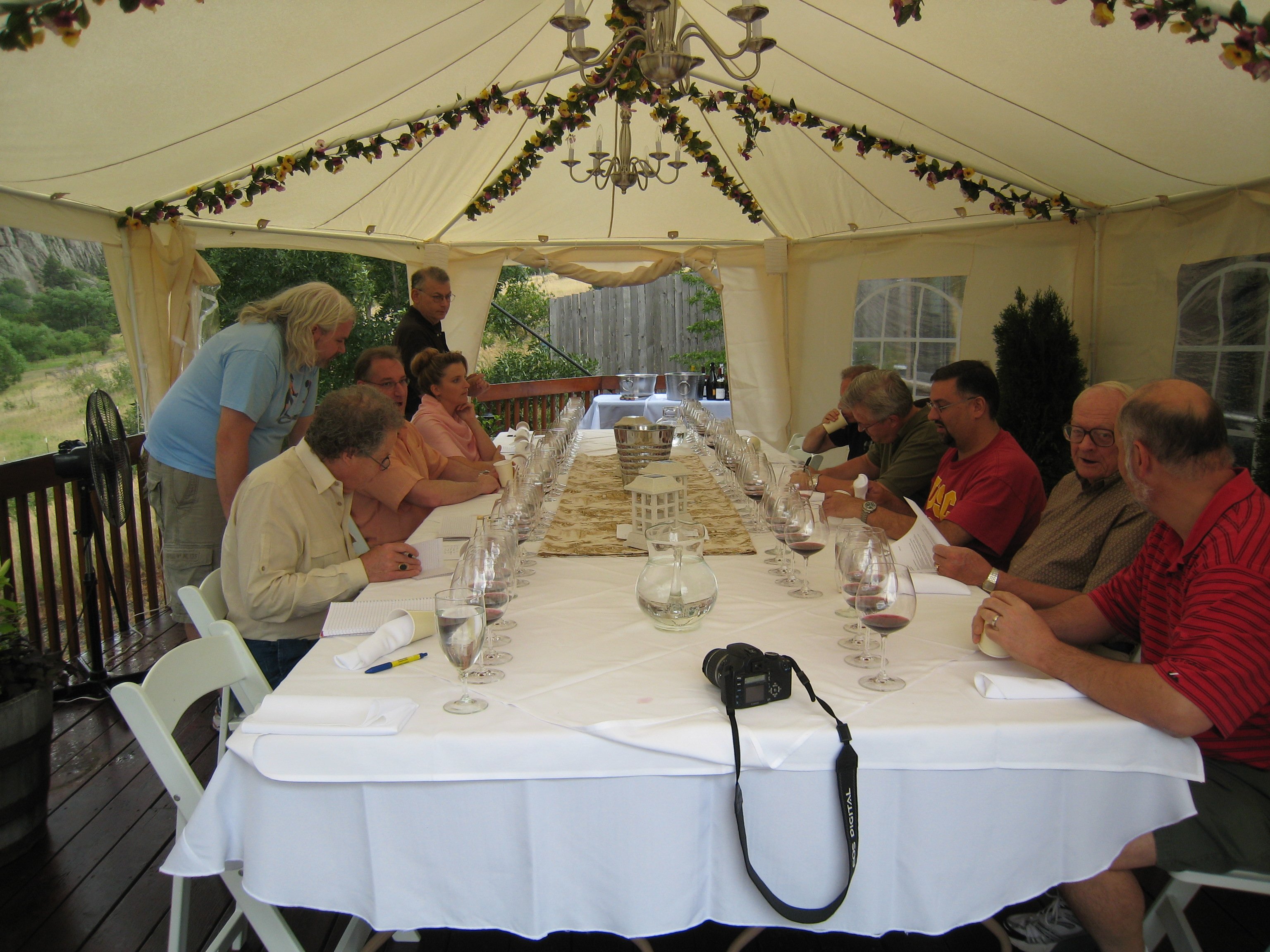I don’t know of any address where you can taste all of them from domaine sourcing, which is too bad. But there are a few domaines where you get to compare an interesting range.
At Ramonet, you can taste all except Criots, and though they don’t own the Chevalier parcel they work the vines. The Montrachet has the most volume and dimension, with more power but less weight than the Bâtard; it’s expansive, limpid and very penetrating. The Chevalier is more “vertical” and incisive, not far off the Montrachet in quality but very different in character. The Bâtard is denser and more blocky, while the Bienvenues is suppler and more open, with less density and weight.
At d’Auvenay, you can taste Criots, Bâtard and Chevalier. Again, the distinctions are pretty textbook, and I have found them blind without difficulty each time I have tasted. The Criots is broader, more exotic and musky (it’s also raised in steel as the volume is so small); the Bâtard is denser and more tight-knit, with a less exotic nose; and the Chevalier is searingly mineral and intense, with amazing power and energy. For my palate, the d’Auvenay Chevalier is the best white wine being made in the world today.
At Fontaine-Gagnard, the archetypes hold true: the Criots is more honeyed, exotic and musky, with the oiliest texture; Bâtard denser and more controlled; and the Montrachet more ample and expansive and less blocky than the Bâtard - though it’s not as dramatic as Ramonet’s.
At Leflaive, the Bienvenues seems to oscillate between resembling Bâtard and resembling a broader-shouldered Pucelles - the latter being its tendency. The vines are some of the domaine’s oldest there and I would say they make / can make the most minerally Bienvenues. The Bâtard is dense, layered and powerful. The Chevalier more vertical, tensile, chalky but not much less powerful. The Montrachet, again, ampler and with another dimension.
Apparently, old Pierre Ramonet used to say that, Bâtard you can drink with food and Montrachet you should drink on its own. I think there’s some truth to that. A great Montrachet is almost too intense an experience to allow any distractions. It’s almost too great a great wine to have with a meal.
